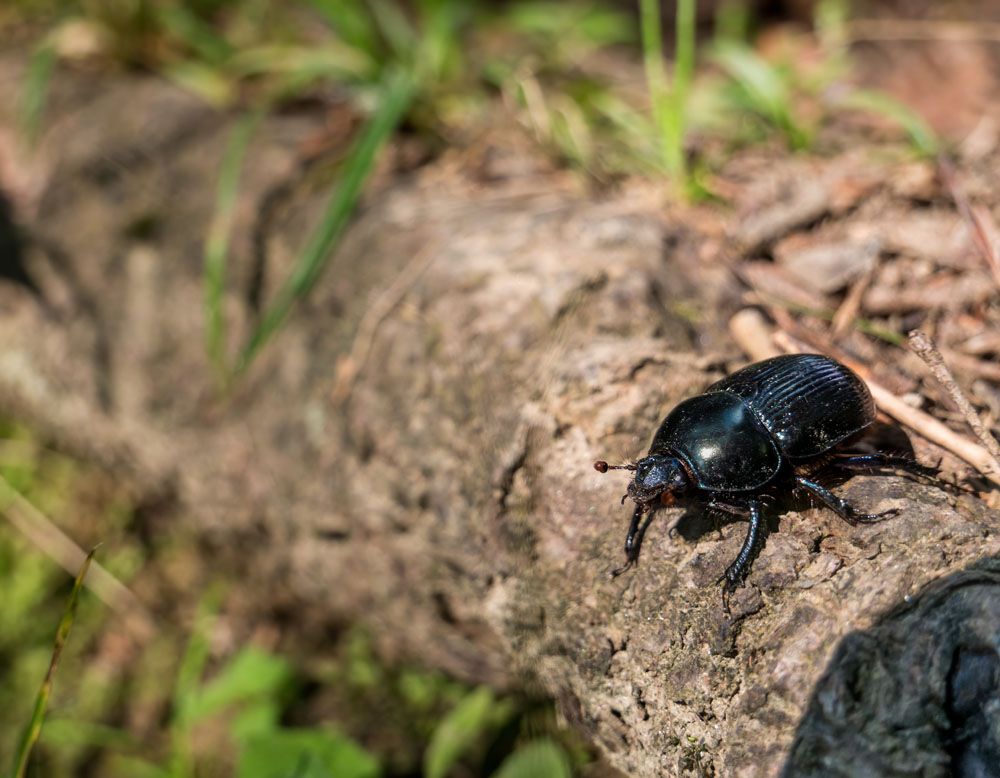
Mountain Pine Beetle – Dendroctonus ponderosae
Mountain Pine Beetle (Dendroctonus ponderosae)
Latin Name: Mountain Pine Beetle
Common Name: Dendroctonus ponderosae
Appearance:
The Mountain pine beetle is a species of bug endemic to western North American woods. It is also known as the Black Hills beetle or the Rocky Mountain pine beetle. It has a rigid black exoskeleton and is roughly the size of a grain of rice, measuring around 5 millimeters (1/4 in).
Host plants:
Host plants are lodgepole pine (P. contorta), western white pine (P. monticola), ponderosa pine (P. ponderosa), whitebark pine (P. albicaulis), and sugar pine (P. lambertiana),
Territory:
The mountain pine beetle (Dendroctonus ponderosae) is a bark beetle native to western North American forests from Mexico to central British Columbia.
Damage caused by Mountain Pine Beetle:
After a short time of yellowish-red, needles on diseased trees often turn ‘rust-colored on the tree and drop from branches the second summer after the tree has been afflicted. Boring dust in bark cracks and on the ground around the tree’s base is another symptom of bark beetles. Where beetle tunneling begins, popcorn-shaped clumps of resin are frequently discovered on the trunk. Pitch tubes are available in brown, pink, or white. Woodpecker damage, in which birds have removed parts of the bark of diseased trees in pursuit of larvae, leaving accumulations of bark at the base of trees, is frequently a sign of bark beetle presence. After adult beetles emerge from afflicted trees, exit holes on the bark surface may be seen.
Life history and Habits:
Beetles grow through four stages: egg, larva, pupa, and adult. All life stages are spent beneath the bark, save for a few days in the summer when adults emerge from brood trees and fly to attack new host trees. Mountain pine beetles need one year to complete a generation in low elevation stands and warm years. Life cycles can range from one to two years at high elevations when summers are often colder. Female beetles launch assaults. Pheromones are emitted when they gnaw into the inner bark and phloem, attracting male and female beetles to the same tree. The attacking beetles release additional pheromones, culminating in a mass attack that overwhelms the tree’s defenses and leads to attacks on neighboring trees.
